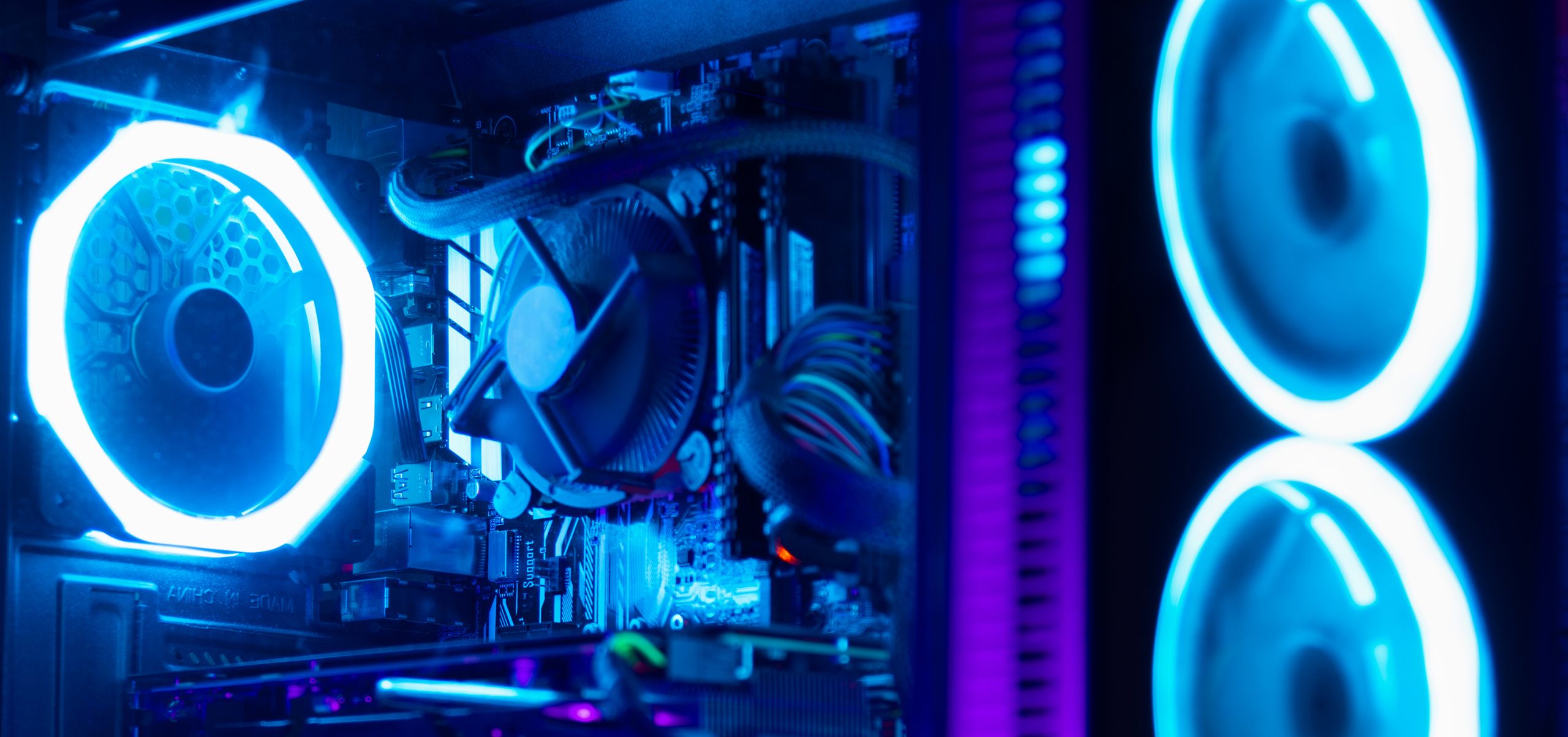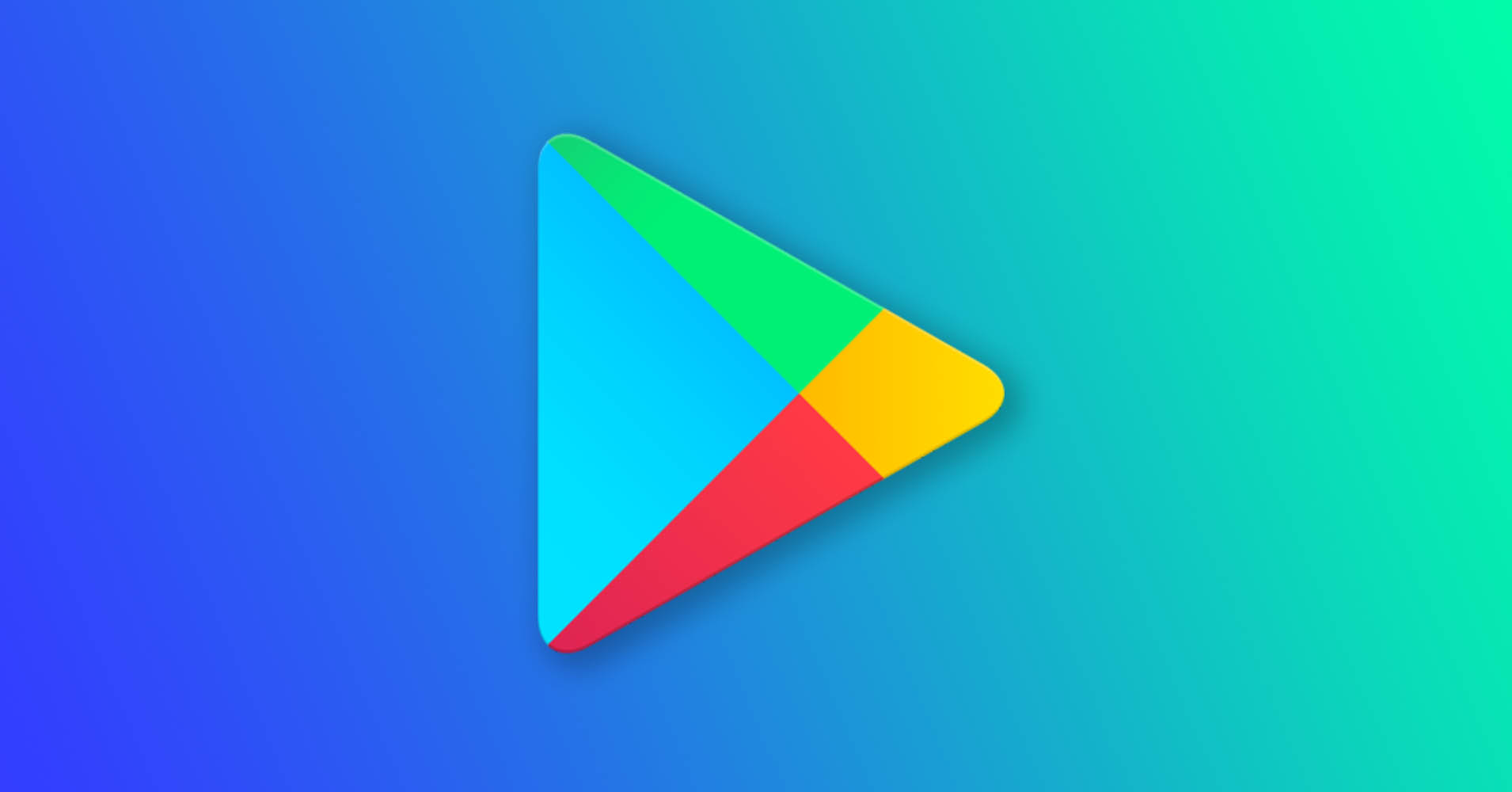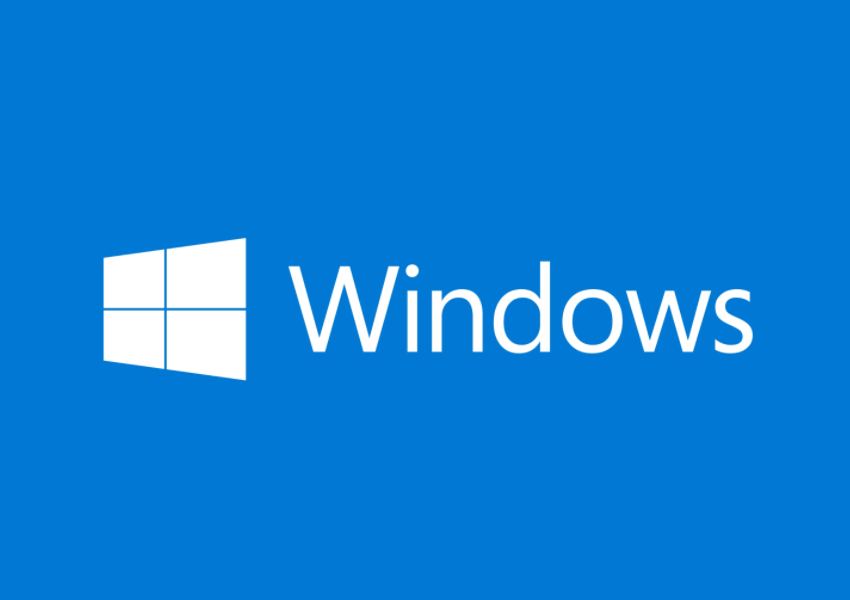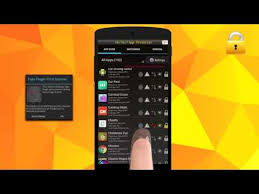Most of us interact with our smartphones through one method: tapping the screen. These are generally called “user-facing features” as they are what the OEM presents to us in the firmware. We can do change things with the Android OS over the command prompt as well, but first, you need to have ADB and Fastboot tools installed.
I understand that a lot of people are put off when they think of typing text into a command prompt. The process isn’t as easy as clicking or tapping on graphical user interface elements and typing just one thing wrong can, in some cases, completely mess up what you were initially trying to do.
The thing is, we can actually do much more with ADB and Fastboot commands than we ever could with the traditional user interface.
When you think about it, the graphical UI buttons and toggles that you tap on are essentially executing these ADB commands for you. The OEM (Samsung, LG, HTC) gets to choose which features are available to you and which ones are not. So many of these options or features are completely hidden from the user.
A great example of this happens when you want to set the screen timeout value for your smartphone. On Samsung devices, the default values to choose from are 15 seconds, 30 seconds, 1 minute, 2 minutes, 5 minutes, and 10 minutes. But what about those who want the screen to stay on for 15+ minutes before timing out?
Thankfully, we can execute a simple ADB command to customize the screen timeout value (I have my Galaxy Note 10+ set to 30 minutes).
This can be changed to any value you choose (set it to 1 second, or 24 hours if you want) but it does require that you install ADB on your PC before you can execute the required Command Prompt command. You may be wondering what these tools are and who makes them.
Google provides the core ADB and Fastboot tools software to the community.
What is ADB? And What Does it Stand for?
You may be asking yourself, what does ADB stand for? It’s a fairly common term among the Android community but one that the “average” customer doesn’t know about. Android application, kernel, and ROM developers use it for debugging code but we can use it to access core features of the Android OS as well.
ADB Stands for Android Debug Bridge
Just as I said, most developers will use the file, ADB.exe, to debug whatever type of code they are working on. It could be a custom kernel they’re working on or a brand new application/game. Since this file gives us deeper access to the Android operating system, they are able to get information about battery usage, performance, and more.
The file comes with 2 other tools, Fastboot & Systrace, and they are bundled together as Android’s SDK Platform Tools.
What is Fastboot?
This doesn’t mean what it sounds like it means. Fastboot doesn’t have anything to do with how quickly Android boots up. It’s actually a protocol that we interact with using another file, Fastboot.exe. Unlike with ADB commands though, we’re only able to execute Fastboot commands successfully when the smartphone or tablet is in Fastboot Mode.
Fastboot Mode is one of the many special “boot modes” for Android. It’s used to give us an even higher level of access to the filesystem than we are allowed to have once the Android OS is fully booted.
For example, in this mode we can unlock the bootloader, flash custom kernels, replace stock recovery with TWRP, and more.
How to Install ADB & Fastboot Tools?
You can follow the links given above to learn more about ADB and Fastboot as I would rather use this time to focus on how you can actually install these free tools onto your PC computer. There are three different methods that I would like to offer you, each with varying degrees of difficulty.
I tend to recommend the beginner option as it gives you a desktop shortcut to click on anytime you want to use ADB.
Although, you may want the full install as you plan on using Android Studio to develop your own application.
There are many approaches to the task so you will want to choose the one that is suited to you. It’s not just about what you’re installing, it’s also about how you access it and how you keep it updated.
Beginner Method: Minimal ADB & Fastboot Tools
Download the easy to use installer
Double-click the file we just downloaded to begin the installation
Click the “Next” button
Click the “Next” button again
Customize where you want to install your ADB & Fastboot tools
I chose to change my install folder in the video below so it would be easier to find in the future (for updates). But this step is completely optional.
Click the “Next” button again
Click the “Next” button yet again
Then click the “Create a Desktop Icon” box to make sure the installer creates the shortcut for you
So click the “Next” button once last time before clicking the “Finish” button and completing the install
This installer has been made available to us thanks to XDA member shimp208 and has been installed millions of times. It’s what I used when I first began messing with ADB and Fastboot tools and it’s very easy to install. You don’t need to extract, decompress, or move any files around.
The installer does it all for you and the desktop shortcut opens up a Command Prompt window for you.
Not only that, but the Command Prompt is also opened to the same folder as your ADB & Fastboot files are located in. This is particularly important because you can have ADB installed, open a Command Prompt (in the wrong folder/directory), and be told your ADB commands aren’t recognized.
That’s because the Command Prompt wasn’t opened up in the correct folder.
The desktop shortcut takes all the guesswork out of that.
Intermediate Method: Google’s SDK Platform Tools
- Download the SDK Platform Tools for your PC
- Extract the contents of that file
- Use something like 7zip or WinRAR for this.
- Browse in the new “platform-tools” folder that was extracted
- Open a Command Prompt or Windows PowerShell in this folder
- PowerShell can be opened by holding the Shift button on the keyboard and right-clicking on an empty space within the folder.
For years the only way to get ADB & Fastboot tools installed on your PC was by using the Android Studio installer. Whether or not you used it to actually install Android Studio didn’t matter. But you had to use its installer to get those two files I mentioned onto your computer.
Thankfully, this has changed and we can simply grab the Platform Tools SDK now.
Download SDK Platform Tools for Windows Download SDK Platform Tools for Mac Download SDK Platform Tools for Linux
These links take you to the official Google download page for its ADB & Fastboot tools bundle. They call it the SDK Platform Tools (or just Platform Tools) and have automatically updated download links (which is why I would rather not link directly to these downloads here). Those links will always have the most up to date versions.
These aren’t given to you in a easy to use installer though. But follow along with the video above to learn how to extract it.
Advanced Method: Installing Android Studio
Double-click the installer that we just downloaded
Click next through the installer
Make sure to do a complete install
I may do a video to show how to install Android Studio but I think that if you are at this level then that should be something you can figure out. If I get a lot of requests about it then I’ll go into more detail here but ADB, Fastboot, and Systrace are all included with Android Studio if you choose to include them in the install.
How to Update ADB & Fastboot Tools?
Now, you may have noticed that Minimal ADB & Fastboot Tools XDA thread is a bit outdated. The upload date on the download that is linked in the OP is a couple of years old so it’s understandable if you’re wondering why it hasn’t been updated. I can’t say for certain, but I remember that developer spending less time on the hobby.
There was talk about setting up an automated build but I’m not sure if that ever worked out.
It doesn’t really matter though because it is very easy to update ADB using the Platform Tools SDK bundle from Google. We’re able to still use the Minimal ADB & Fastboot tools installer as a base (and to help create that useful desktop shortcut) and simply add on to what has already been installed.
Download SDK Platform Tools for Windows Download SDK Platform Tools for Mac Download SDK Platform Tools for Linux
Download the latest version using one of the links above.
Extract the contents of the file you downloaded.
Again, use something like 7zip or WinRAR to do this.
Go into the “platform-tools” folder that was just extracted.
Then copy all of the files you see in this folder.
Use the mouse to select all of the files, right-click them, and then click “copy.”
Now browse to wherever your current ADB & Fastboot installation directory is.
Right-click on an empty area within that folder and click “paste.”
When prompted, overwrite/replace any old files with the newly downloaded files.
I will say those step-by-step instructions are for Windows as that’s the OS I use. The process will be similar (but may not be exact) for macOS and Linux distributions.
How to Check Which Version of ADB is Installed?
In the video above, I show you what version of ADB I had installed before and what version I have after the upgrade process. Google doesn’t seem to have a set schedule as to when new ADB updates are released. Although, I have noticed that the company has released a different iteration of its current release (r30) within the last 2 weeks.
So even if it isn’t a full version bump, there could be small changes (possibly ADB bug fixes) in a newer release.
adb version
That’s the command you’re going to what to execute in order to see what version of ADB you currently have installed on your Windows, macOS, or Linux PC. You’re going to see a number of details listed here once you finish running that command. Look under the “Android Debug Bridge” line as the next should start with the word “Version.”
As of right now, my current (latest) install of Google’s ADB & Fastboot SDK Platform Tools is Version 30.0.2-6538114.
This will change over time, but you can use it to compare it to your currently installed version.
Experiencing difficulties with your Device, check out our “How To” page on how to resolve some of these issues.









106 comments